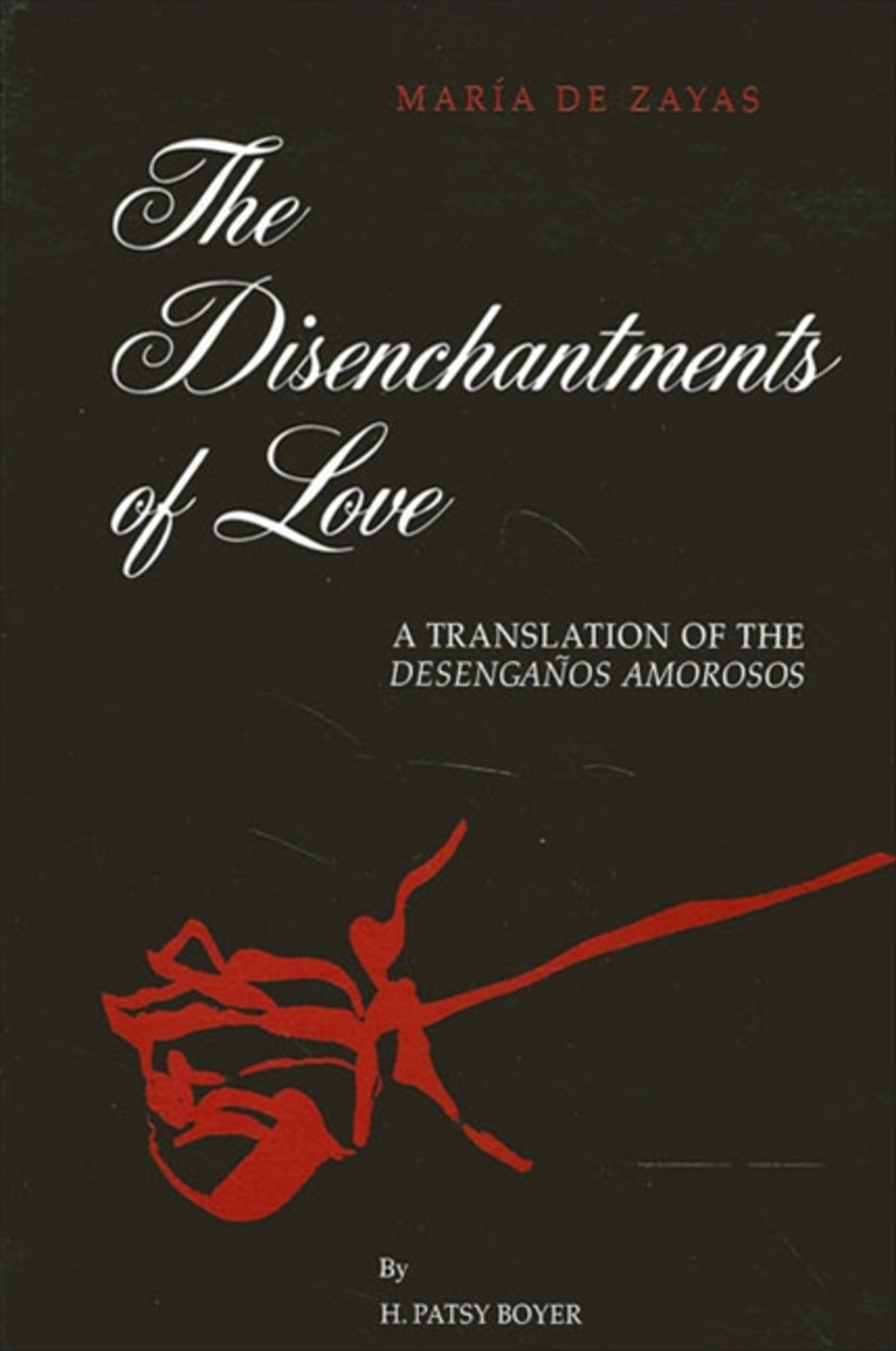We're sorry. An error has occurred
Please cancel or retry.
The Disenchantments of Love

Some error occured while loading the Quick View. Please close the Quick View and try reloading the page.
Couldn't load pickup availability
- Format:
-
06 March 1997

Published in 1647, these ten tales are among the earliest narratives in Western literature to focus on women's experiences and points of view in love relationships.
The Disenchantments of Love, published in Spain in 1647 by María de Zayas, is a stunning collection of stories about women's amorous experiences in a patriarchal and imperialistic society during the turbulent seventeenth century. Now available for the first time in English translation, the ten examplary novellas are set within an encompassing frame story that continues from the first collection, The Enchantments of Love: Amorous and Exemplary Novels, published in 1637. Both collections of love stories were immediately popular because of the novelty of their plots and the gender of their author.
What is new in the disenchantments is the deliberately feminist purpose stated in the rules for telling stories: only women are to narrate "true cases intended to disenchant women about men's deceptions," pointedly denying men the opportunity to dominate the storytelling. In the frame, however, the subtly ironic commentaries on the stories highlight the differences between masculine and feminine points of view. The conclusion of the frame reiterates the exemplary message that women are safe from men's physical and psychological abuse only in the sisterhood of the convent.
These ten sensational and bizarre tales focus on the ways lovers deceive women in order to "get their way," through magic, cross dressing as women, and rape-to the torture and murder of innocent women at the hands of their protectors-their fathers, brothers, and husbands. The graphic depictions of women's mutilated bodies are unprecedented in Western literature, as is the meticulous description of domestic violence that has traditionally remained private and hidden. A fascinating dimension of these fast-paced narratives is what they suggest through omission, silence, and ambiguous detail: the untold story that fires the reader's imagination.


Acknowledgments
Introduction
A Note on the Translation
List of Narrators
First Night
Frame Story
1 Slave to Her Own Lover
2 Most Infamous Revenge
3 His Wife's Executioner
4 Too Late Undeceived
Second Night
Frame Story
5 Innocence Punished
6 Love for the Sake of Conquest
7 Marriage Abroad: Portent of Doom
8 Traitor to His Own Blood
Third Night
Frame Story
9 Triumph Over Persecution
10 The Ravages of Vice



